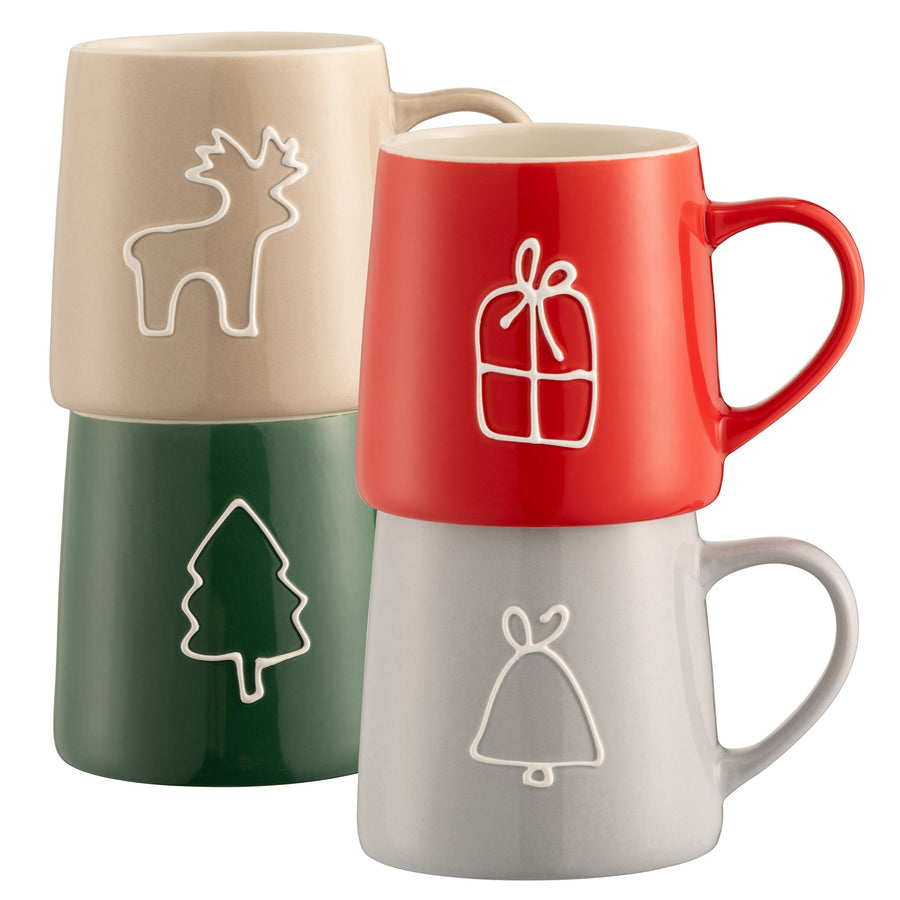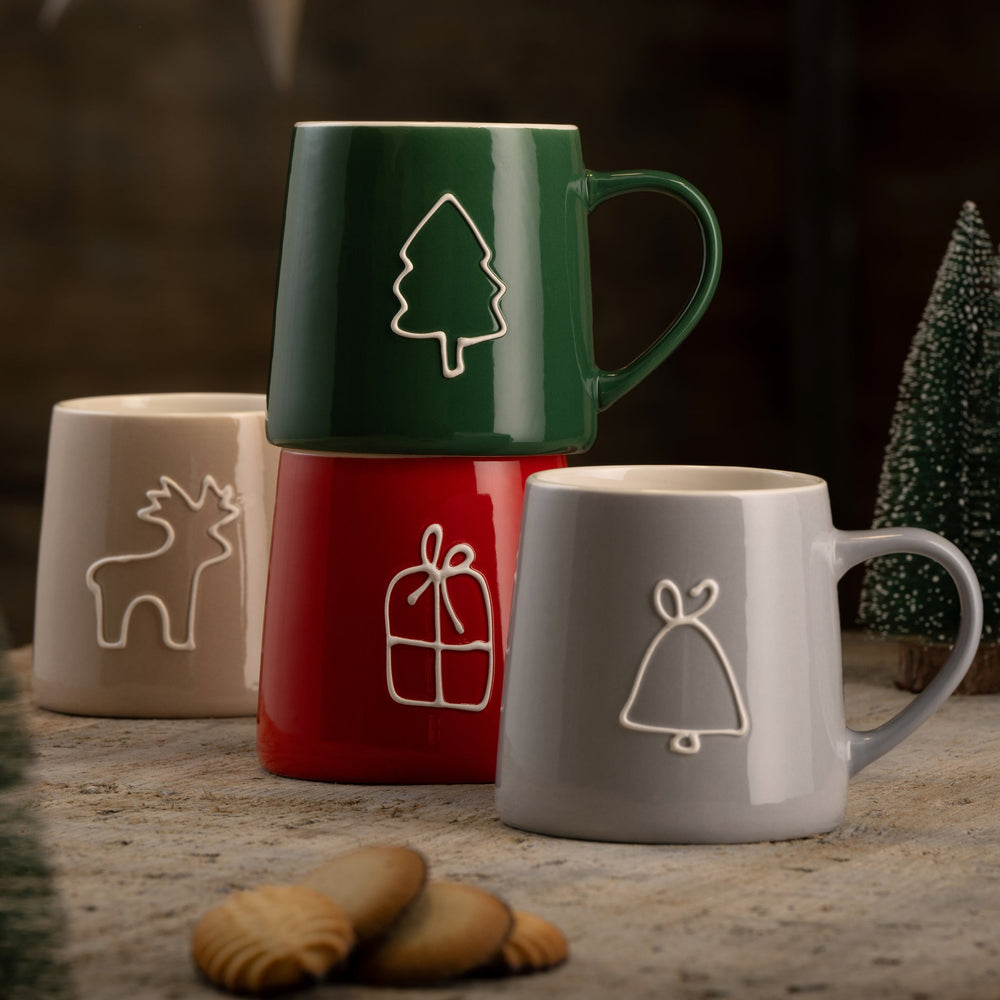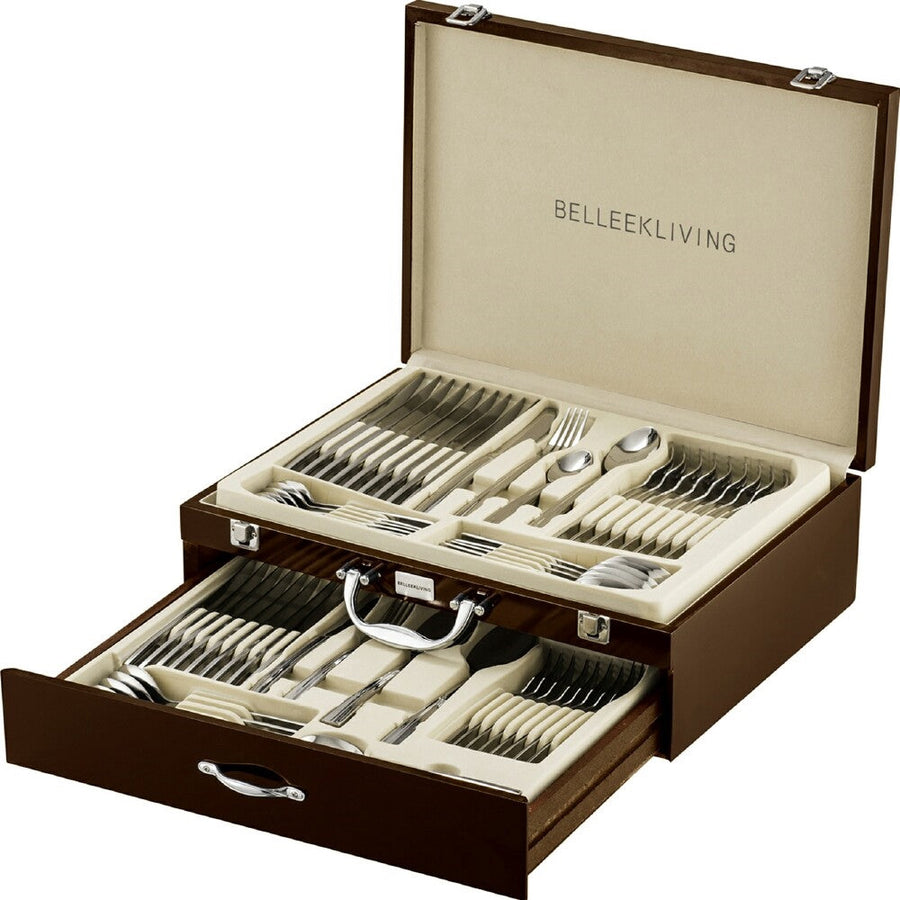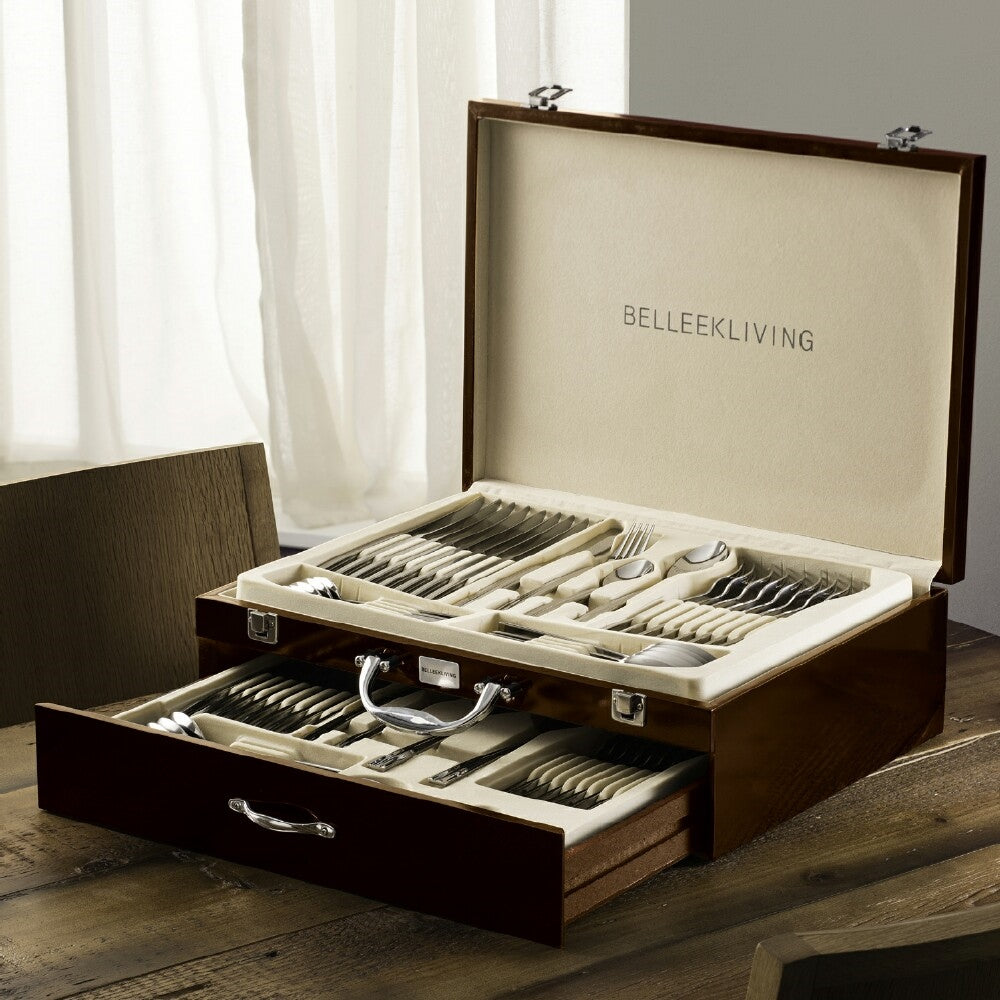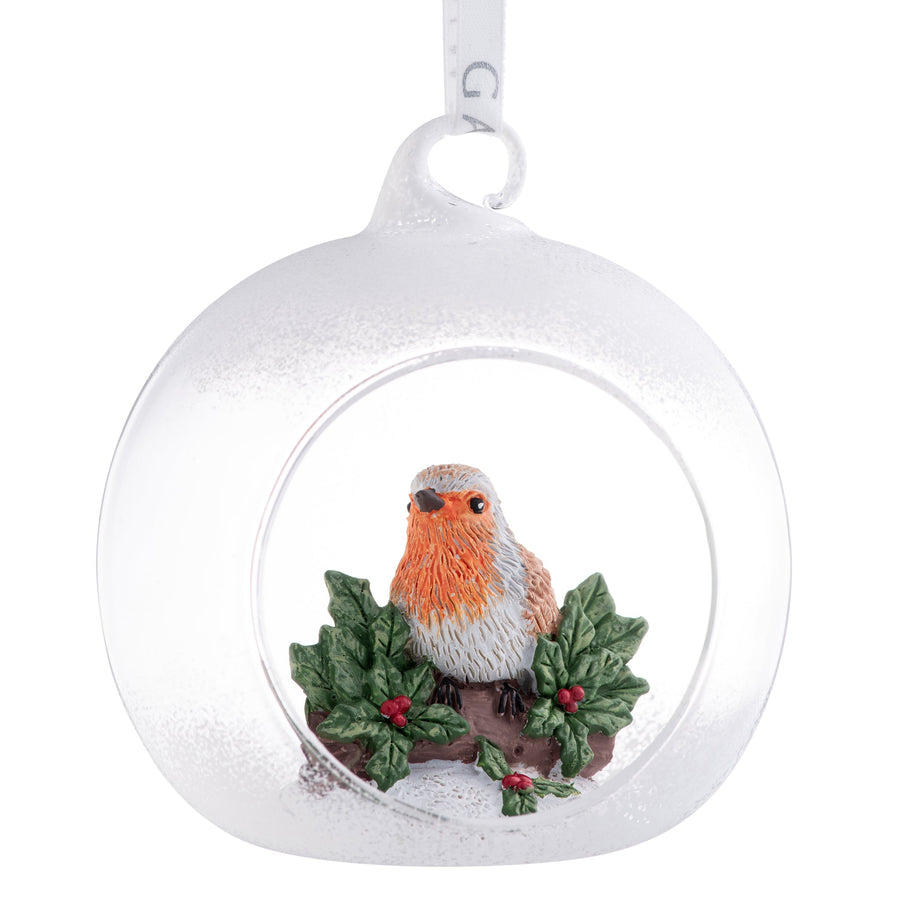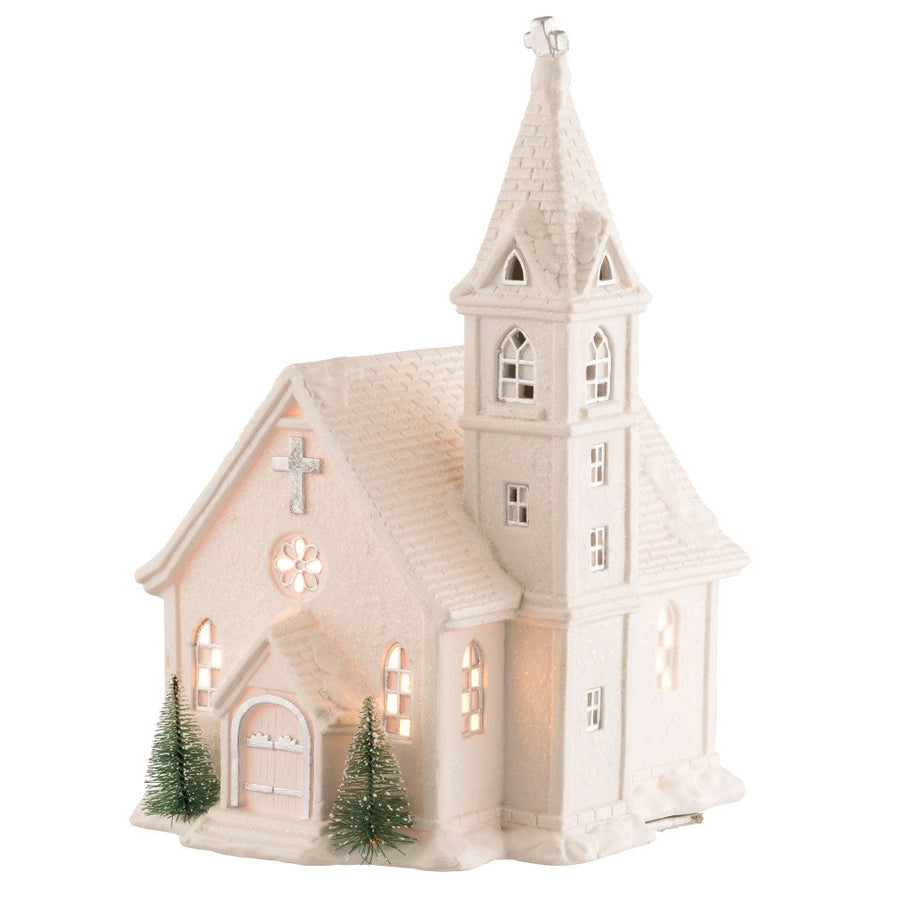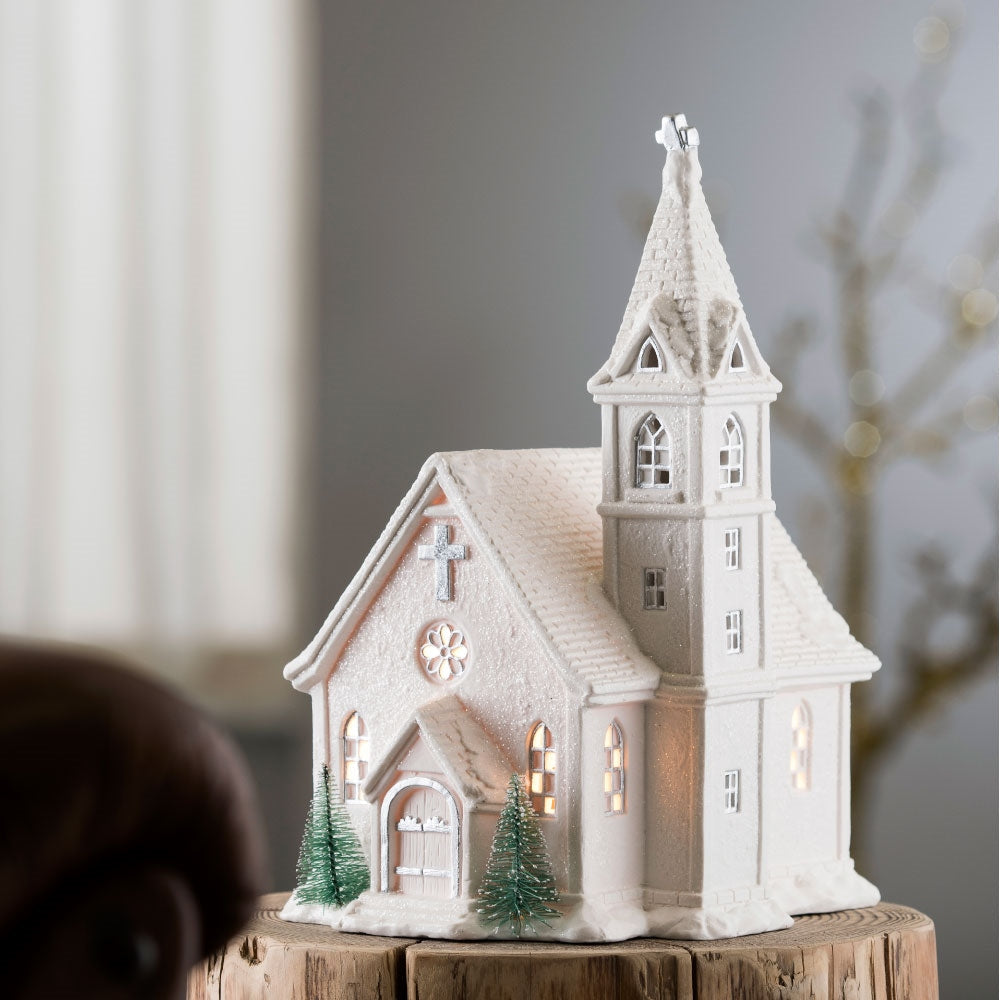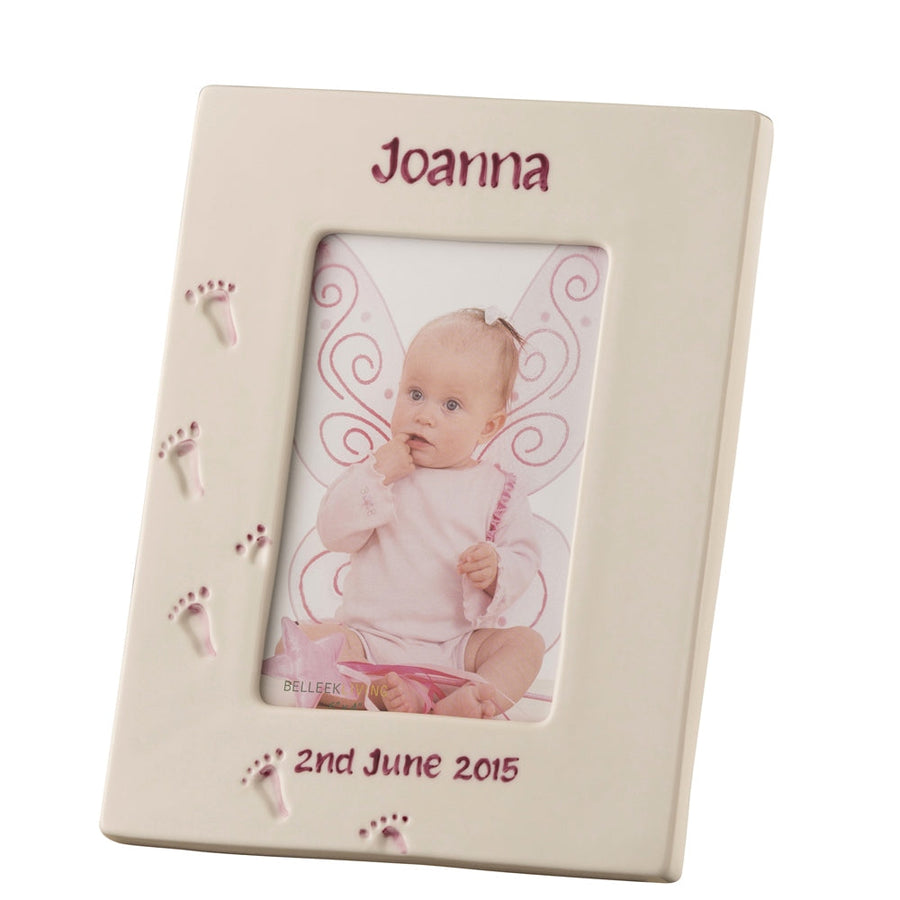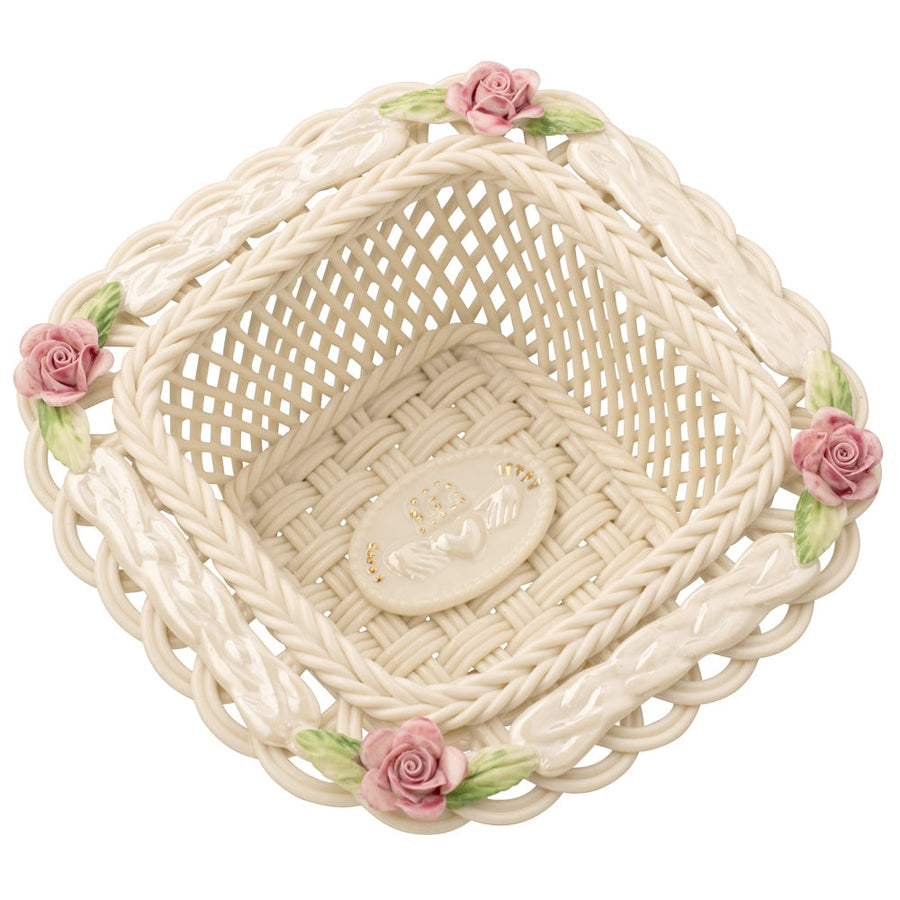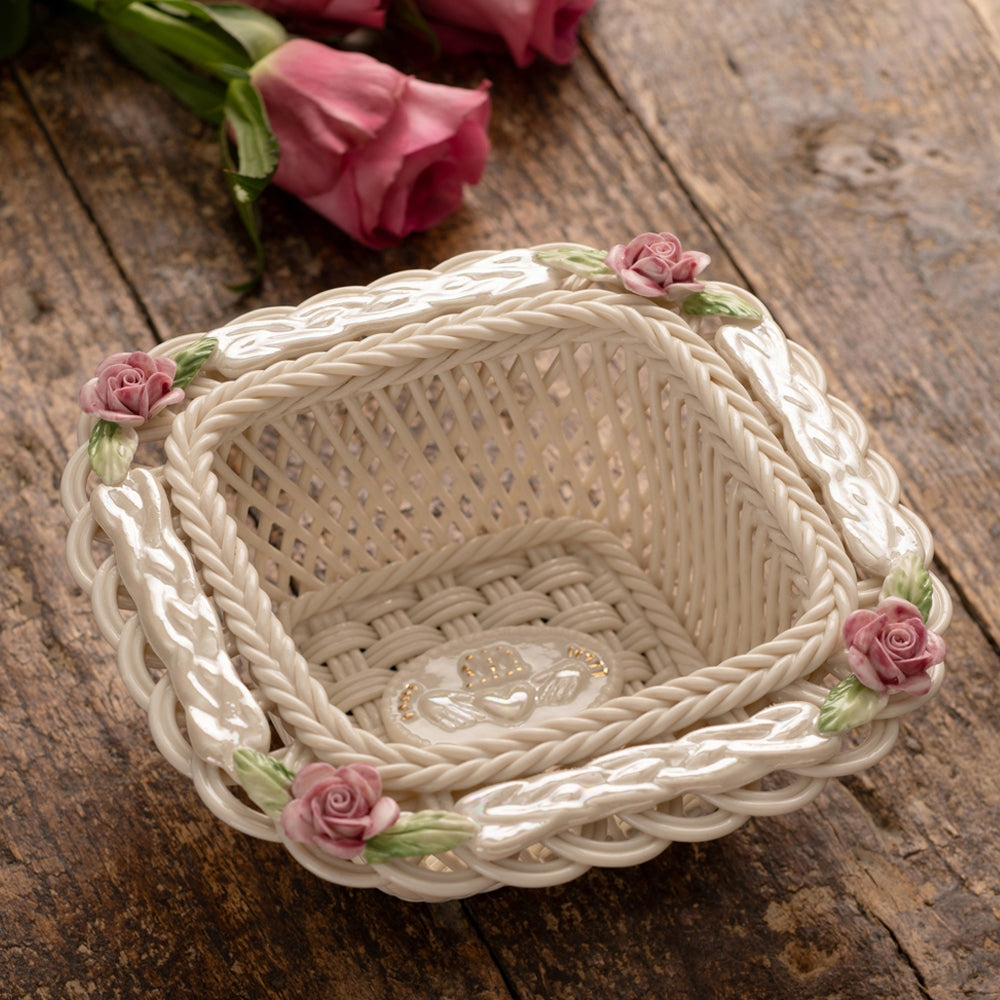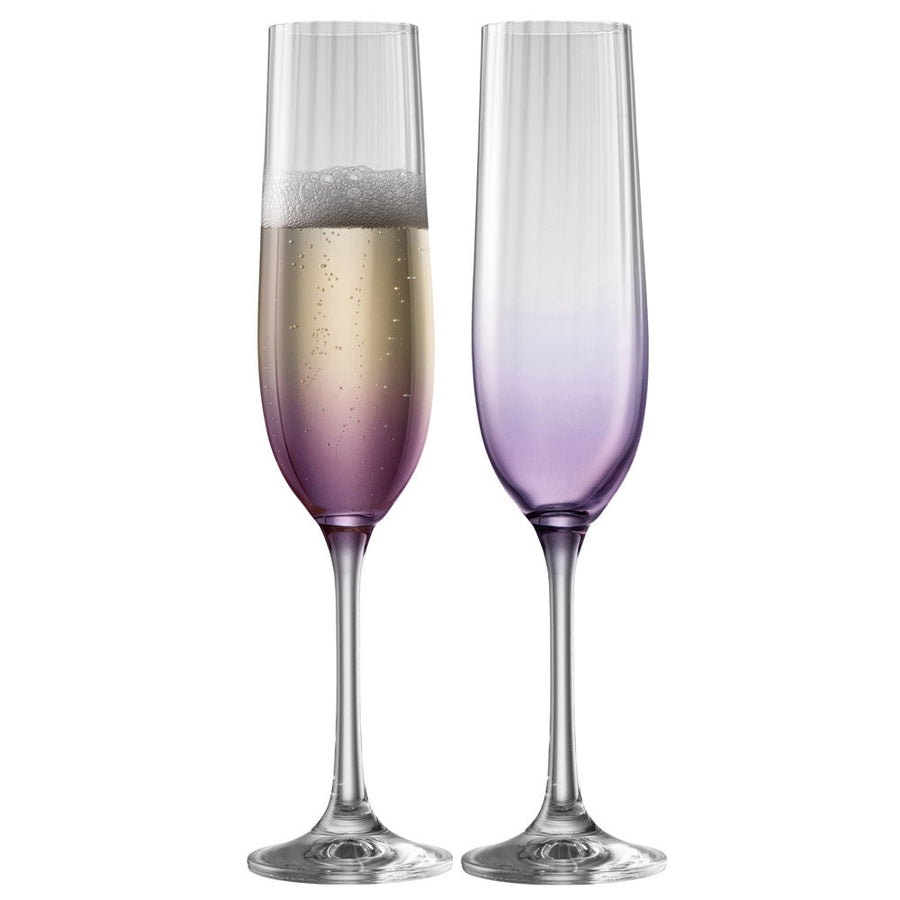The Product, The Process and The 16 Pairs of Hands that Make it Happen
It takes a wide team of talented people to develop and craft our products. The combination of extraordinary designers and craftspeople, along with over 165 years of experience in making ceramics in our home, Belleek Pottery, creates the magic that is Fine Parian China. Handcrafted in Ireland for over 165 years, each piece of Belleek is created by 16 individual artisans. From design to packaging, each iconic piece of Belleek Fine China is touched by 16 pairs of hands. Each piece flows through the same process as they did almost 170 years ago. The unique, intricate production process means that very little has changed since 1857 and our goal is to preserve these methods for as long as possible.
The 16 Hands Process
1. Design

Belleek have a dedicated team of in-house designers who participate in varied Market Research and work closely with the sales team to introduce new ideas/ concepts to the marketplace. Drawings are produced and after a careful selection process the most commercial designs make it to the modelling phase.
2. Modelling

A 3D plaster or clay model is created from the design drawings. This is an accurate reproduction of the design showing every intricate detail and surface relief. Each designer carefully etches the patterns by hand.
3. Block Moulds

Blocking is the process of producing the first mould, which is called the original block. In Belleek they are called Master Moulds. The Master Moulds are made by pouring slip or clay over the original model creating an exact transfer reverse the piece. They are retained to make the next Case Mould whenever the first wears out. A second Master block mould is created and stored in Belleek’s Master Mould Chamber. They are typically never used, unless the quality of the first block mould deteriorates. Belleek’s Master Mould Chamber contains Block Moulds dating far back as the 1860’s.
4. Case Moulds

Casing is made from the Master Moulds. This would be typically cased either in a hard-wearing plaster or a silicone rubber, again this may be a simple one-part case or a complicated multi-part case depending on what is being produced.
5. Mould Making - Working Moulds

Using the case mould, the working mould is created and is used to make the working plaster of Paris moulds from which the cast ware is produced. Each mould will last for approximately forty casts after which a new working mould will replace it.
6. Slip

This is the material that becomes Belleek Parian China. It begins as a creamy coloured liquid formed by mixing China Clay, Feldspar and Frit. The slip mixture is prepared on a daily basis and after it is measured and check for its consistency it is sent by pipe to the casters bench.
7. Basket and Flower Making

Belleek’s world-famous Baskets and Flowers are passionately created by hand in Ireland. The production of such intricate and meticulous detail requires the use of a more pliable substance than that used on other Belleek product. In order to create such a flexible, yet strong material a mixture of slip and salvage (collected from the fettler’s bench) is ground into a fine white powdery consistency. Gum Arabic is then added to the combination making the clay more manageable. The mixture is kneaded and hand beaten on an oak block using two oak beaters to remove air. The clay is then pressed through a Dod box, which produces spaghetti like strands. The base of the basket is hand woven using a weave of two, three or four strands. The body of the basket is also created by hand in an inverted position as one by one the rods are joined with the plaited base. While the basket dries the feet, flowers and handles are crafted. All flowers, stems, buds, twigs and shamrocks are made entirely by hand. Should a flower require sixty petals, each part of the flower is crafted one piece at a time.
View our baskets here
8. Casting

The moulds are filled to the top with slip. After the allotted time, the excess slip is poured off and the moulds are left to dry. As the piece dries it shrinks away from the mould and in time it can be gently separated. The slip has now become clay; this is called the ‘Green Ware Stage’.
9. Fettling

Fettling is the skilled sharpening or delineation of the pattern. This intricate process also includes the elimination of seams, smoothing, rounding of edges and the fitting together of parts e.g. spout and handle to teapots, head to a body, etc. Finished pieces are left to dry completely before being sent to the kilns.
10. Biscuit Firing

Biscuit firing is perhaps the riskiest phase, as this is the time when contraction occurs. Shrinkage can be as large as fifteen percent of the ‘Green Wares’ dimensions. Product is placed in the Kilns which are fired to 1,200 degrees centigrade. After this the cooling process must be very gradual. A sudden change in room temperature could shatter the ware. Therefore, the ware (now referred to as the biscuit) must remain in the kiln, cooling overnight. The next morning it is transferred to the, ‘Inspection and Cleaning Area.’ Here each piece is examined under a strong light. Any piece that fails the inspection is destroyed, as anything less than perfect is not acceptable in Belleek.
11. Dipping

Belleek glaze is made from a special recipe including borax and frit. The result is a distinctive pearl-like surface on the item. Each piece is dipped once by hand and then dried for about two minutes under an infra-red heater.
12. Gloss Dipping

The dipped ware is transferred to the gloss (called Glost in Ireland) kiln room where glost firing blends the glaze to the Parian at a temperature of 1,000 degrees centigrade.
13. Stamping

At this stage the piece receives its third inspection; checking in particular for glaze faults. Perfect items are given the famous Belleek trademark stamp. This stamp indicates when the product was made. At present Belleek is using a the 16th mark that displays the inclusion ‘Made in Ireland’.
14. Painting

Every good piece is now sent to the painting and decorating department where it is painted to the standard required. Some pieces are decorated with transfer prints whilst other, such as figurines, baskets and jewellery might have mother of pearl decoration added.
15. Enamel Firing

The penultimate step is the Enamel Kiln, where each piece receives its final firing at 760 degrees centigrade. Here the trademark is fused onto the bottom and the paint permanently fixed.
16. Packing

Product that has been perfect so far will receive its fourth and final inspection. Those accepted are packed in tissue paper and boxed along with any additional material such as romance cards or instructions. The finished item leaves Belleek to continue its journey to the various corners of the globe, to the homes of the many Belleek collectors and admirers worldwide.
Each piece of Belleek is unique in that every item has its own characteristics. Based on the craftsperson that has made it, how it came out of the mould or how the painters brush was used. You may even see the flower makers finger prints on the pieces they have made. Behind every piece of Belleek there is somebody’s craft, somebody’s livelihood and somebody’s passion making it the perfect gift.
Become the 17th Hand and view all Made in Ireland pieces here.


